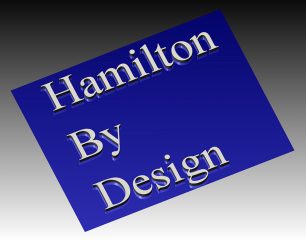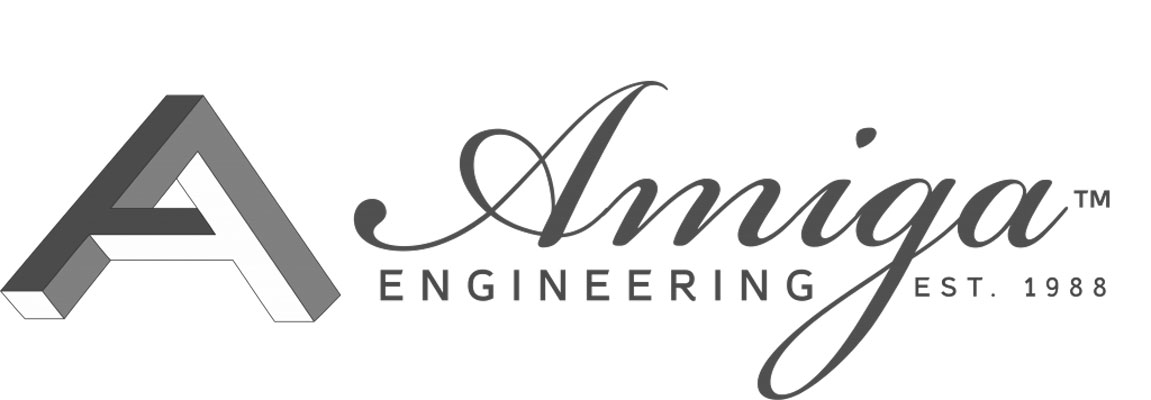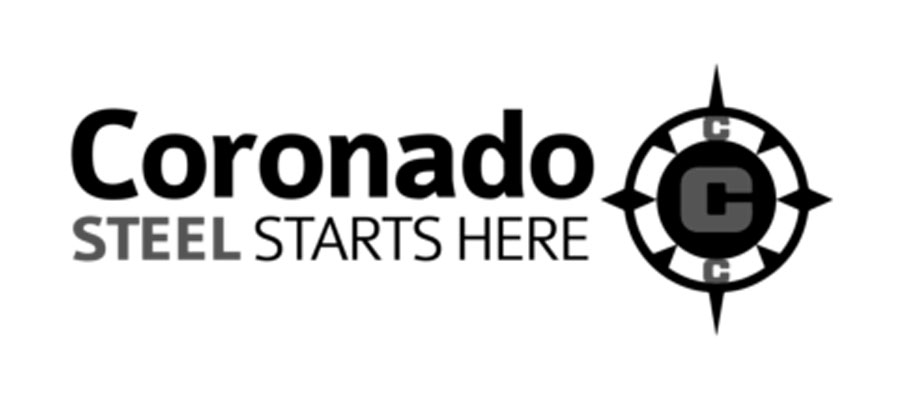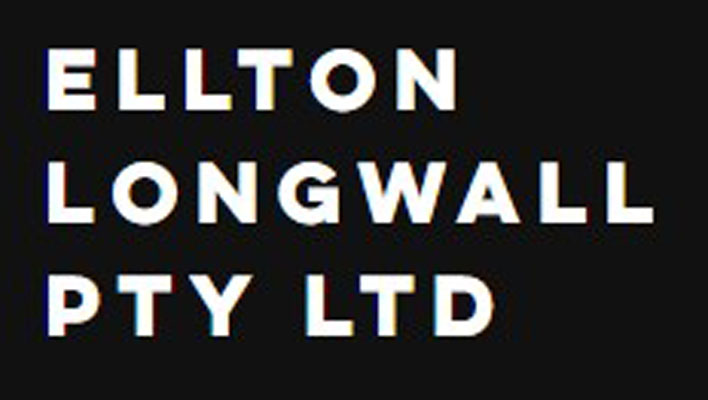3D Scanning Engineering in Orange
Orange is one of Australia’s most distinctive regional cities. Set high on the Central Tablelands, it combines a cool-climate environment with major health, education, agriculture, infrastructure, and mining-services activity. Engineering in Orange is shaped by altitude, frost, diverse industries, and a mix of modern and legacy assets—making accuracy, coordination, and practical design essential.
Hamilton By Design supports projects in and around Orange by combining 3D LiDAR laser scanning, mechanical and structural engineering, 3D CAD modelling, FEA, and fabrication-ready drafting. Our approach focuses on capturing real site conditions and turning them into buildable, engineering-approved outcomes.
Engineering challenges in a high-altitude regional city
Unlike many inland centres, Orange’s elevation brings colder temperatures, frost, and greater thermal movement. At the same time, the city supports critical assets such as hospitals, utilities, agricultural processing facilities, and infrastructure that must remain operational.
Engineering teams commonly deal with:
- Brownfield sites with assets added over decades
- Incomplete or outdated drawings
- Tight staging requirements around live facilities
- A need for conservative, reliable design
In this environment, assumptions introduce risk. Accurate as-built data is the foundation of successful projects.
3D Laser Scanning for Orange projects
Hamilton By Design uses high-accuracy 3D Laser Scanning to capture the true as-built condition of sites across Orange and the Central Tablelands. Laser scanning records millions of precise measurements, creating a detailed digital record of buildings, plant, structures, and surrounding interfaces.
3D laser scanning is particularly valuable in Orange for:
- Health, education, and public infrastructure upgrades
- Industrial and agricultural processing facilities
- Mining-support and utilities assets
- Sites where drawings no longer reflect reality
Scanning is typically completed during short, controlled site visits, minimising disruption while delivering data that can be relied on throughout the project.
Turning scan data into accurate 3D models
Once scanning is complete, the data is processed and converted into detailed 3D CAD Modelling. These models represent what actually exists on site—not what historic documentation suggests.
For Orange projects, scan-based 3D modelling supports:
- Mechanical upgrades and equipment replacements
- Structural additions such as platforms, supports, and access ways
- Integration of new assets into existing facilities
- Long-term digital records for future maintenance and expansion
Accurate models reduce uncertainty and allow design decisions to be made early and with confidence.
Mechanical and structural engineering built on real conditions
Engineering in Orange often involves coordinating multiple disciplines across constrained or operational sites. Working from scan-derived models allows engineers to:
- Understand existing load paths and constraints
- Check clearances and access early in the design
- Coordinate mechanical and structural elements in a single environment
This leads to designs that are practical, buildable, and aligned with how assets are actually used—particularly important in a climate-affected region.
FEA to support performance and compliance
Where performance, safety, or compliance is critical, Hamilton By Design applies FEA Capabilities to support engineering decisions.
Finite Element Analysis is commonly used to:
- Check structural capacity under operational and environmental loads
- Assess modifications to existing steel and concrete
- Review fatigue, vibration, and deflection
- Support engineering approval and sign-off
Using FEA on scan-based geometry provides confidence that designs will perform as intended in real operating conditions.
Easy-to-build fabrication drawings with engineering approval
Clear documentation is essential for efficient construction—particularly in regional locations where rework can be costly. Hamilton By Design produces fabrication-ready Drafting directly from coordinated 3D models.
Typical deliverables include:
- General arrangement and detail drawings
- Fabrication and installation drawings
- Engineering-reviewed and approval-ready documentation
This focus on clarity and constructability helps fabricators and contractors build accurately the first time.
Reducing risk through digital engineering
By capturing site conditions once and completing the majority of engineering off site, projects in Orange benefit from:
- Reduced site visits and travel costs
- Improved safety outcomes
- Better coordination before fabrication
- Fewer surprises during installation
This approach aligns well with Orange’s role as a regional hub supporting diverse industries across central NSW.

Supporting Orange with practical, buildable engineering
Orange’s strength lies in its balance—health, agriculture, infrastructure, mining services, and community all intersect here. Hamilton By Design’s integrated scanning and engineering workflow supports this complexity by delivering accurate data, sound engineering judgement, and clear documentation.
3D Scanning Engineering in Orange is about turning real-world site conditions into clear, buildable engineering outcomes that support growth, reliability, and long-term performance across the region.
Our clients:





























